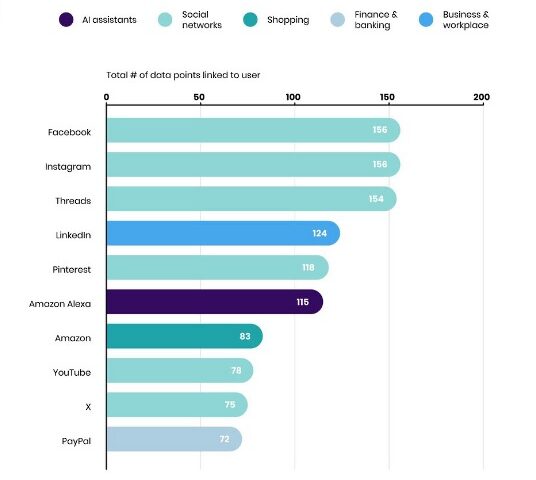Rebuilding Trust: Charting a Safer Course after the Xamalicious Android Malware Outbreak
By: Javid Amin
The Xamalicious Android malware’s insidious presence on the Google Play Store, infecting 338,000 devices through seemingly innocuous apps, shattered the illusion of complete security within the app ecosystem. Beyond compromised devices and potential data breaches, the incident deeply eroded user trust, leaving a lingering sense of vulnerability and skepticism. However, from the ashes of this breach arises an opportunity to forge a more secure future, one built on shared responsibility and proactive adaptation.
Beyond the Immediate Threat: Assessing Xamalicious’s Lingering Footprint
While the removal of infected apps staunched the bleeding, the malware’s impact echoes beyond mere downloads. Concerns persist around potential data exfiltration, financial theft, and compromised privacy for those exposed. The psychological toll of such intrusions cannot be ignored, with users grappling with feelings of digital helplessness and a shaken sense of security. The ripple effects extend beyond individuals, raising questions about the trustworthiness of app stores and the adequacy of existing security measures.
A Multi-Pronged Response: Rising to the Challenge in Unison
The Xamalicious saga necessitated a multifaceted response, with various stakeholders uniting to mitigate the crisis and prevent future outbreaks. Security researchers meticulously dissected the malware, revealing its inner workings and developing detection tools to combat potential variants. Google, responding to the breach, pledged stricter app review protocols and implemented enhanced security measures within the Play Store. Users, empowered by a sense of collective responsibility, actively disseminated information and best practices for online safety, creating a wave of digital awareness.
From Scars to Solutions: Weaving a Tapestry of Digital Resilience
The Xamalicious episode serves as a stark reminder that cybersecurity requires constant vigilance and collaborative action. The path towards a more secure digital future demands collective commitment across numerous fronts:
- Forging an Impregnable App Store: Tightening the digital gates with sophisticated malware detection algorithms, regular code audits of uploaded apps, and stricter app review protocols employing both automated and human scrutiny.
- Empowering Users: Knowledge is Power: Fostering a culture of digital hygiene through educational campaigns, promoting best practices for app downloads, permissions management, and online behavior. Open communication channels between app stores and users should be nurtured, allowing for immediate reporting of suspicious activity and swift response to vulnerabilities.
- Building Bridges: Cybersecurity as a Team Sport: Establishing collaborative platforms where researchers, developers, app stores, and users can share information, report vulnerabilities, and co-develop comprehensive solutions. This collective intelligence can foster an ecosystem of proactive adaptation, staying ahead of the ever-evolving threat landscape.
- Investing in the Future: Perpetual Innovation in Security: Continuous research and development are crucial to outmaneuver increasingly sophisticated cyberattacks. Investing in cutting-edge technology, exploring alternative security frameworks, and actively seeking out vulnerabilities in existing systems are essential to maintain a digital edge against malicious actors.
Some of the widely installed Xamalicious-affected Android apps are as follows:
- Essential Horoscope for Android (100,000 installs)
- 3D Skin Editor for PE Minecraft (100,000 installs)
- Logo Maker Pro (100,000 installs)
- Auto Click Repeater (10,000 installs)
- Count Easy Calorie Calculator (10,000 installs)
- Dots: One Line Connector (10,000 installs)
- Sound Volume Extender (5,000 installs)
The Xamalicious outbreak, while unsettling, presents a turning point in our approach to digital security. By acknowledging the vulnerabilities exposed, embracing the lessons learned, and actively fostering a culture of collaboration and vigilance, we can rewrite the narrative. The digital domain can become a space of trust and resilience, where technology empowers and protects rather than endangers. As we navigate this increasingly connected landscape, let us remember that our collective voice and shared responsibility hold the key to building a safer and more secure future for all.






